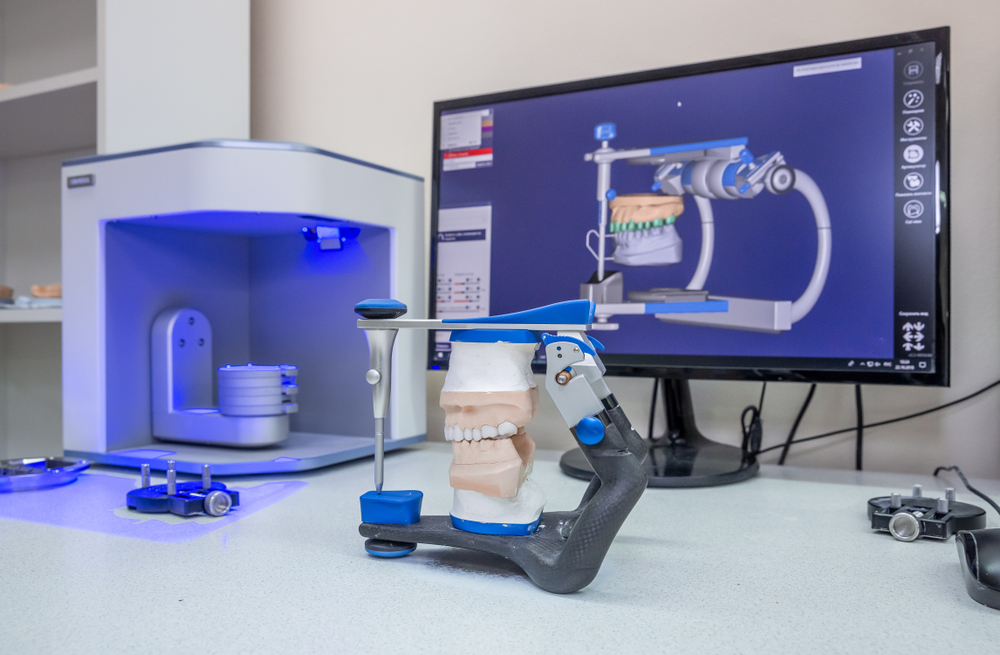Can the Internet Of Things Solve the Talent Gap?
Zachary Smith November 18, 2015
As an industry, we talk about the talent gap all the time. We talk about how to fill the gap with millennials. We cry out about how robots are stealing our jobs. And we go back and forth between our lack of people and metallic replacements that we don’t stop to find the solution needle in the proverbial haystack.

I know we don’t like to admit it, but maybe we should acknowledge that we need to let the Internet of Things, automation, and robots fill the talent gap until we find the people we need to take over the industry. It’s tough to swallow, but we’ve been here before.
A prime example of successful robotic intervention is the assembly line, and recounting the history of Henry Ford’s introduction of the innovation covers it all. From having mechanics working on cars one at a time, to working on parts as they proceed down a conveyor belt, to finally having an entire automatic operation free from human interference, the assembly line has been a testament of an industry evolving by utilizing new technology.
However, to some this sounds like a nightmare. With each iteration of technology in Ford’s assembly line, fewer and fewer workers were needed. And for a while, jobs were being replaced by machines, forcing employees to try and apply their talent elsewhere. But in today’s age and in this industry, it could be exactly what we need. Two of the biggest topics of discussion in manufacturing right now is the skills gap and the Internet of Things. So how can technology help an existing crisis?
The biggest critics of IOT claim that the smart technology is taking jobs away. With every invention, automation, or digital add-on, another job is getting cut. We also have employers claiming we don’t have enough workers to keep the supply chain sustainable due to the talent shortage. The solution it seems lies in the technology that replaces the areas harder to find talent. The truth is that manufacturing doesn’t have the resources it used to.
Manufacturers are already finding success in this method. Early adopters of the IOT are keeping their operation running while on the look out for new talent. Companies still need decision makers, engineers, and analysts, so it’s not a catchall solution. But in a world where getting down and dirty is no longer an appealing employment route, it may be time to finally start working smarter, not harder.
Did you find this useful?









